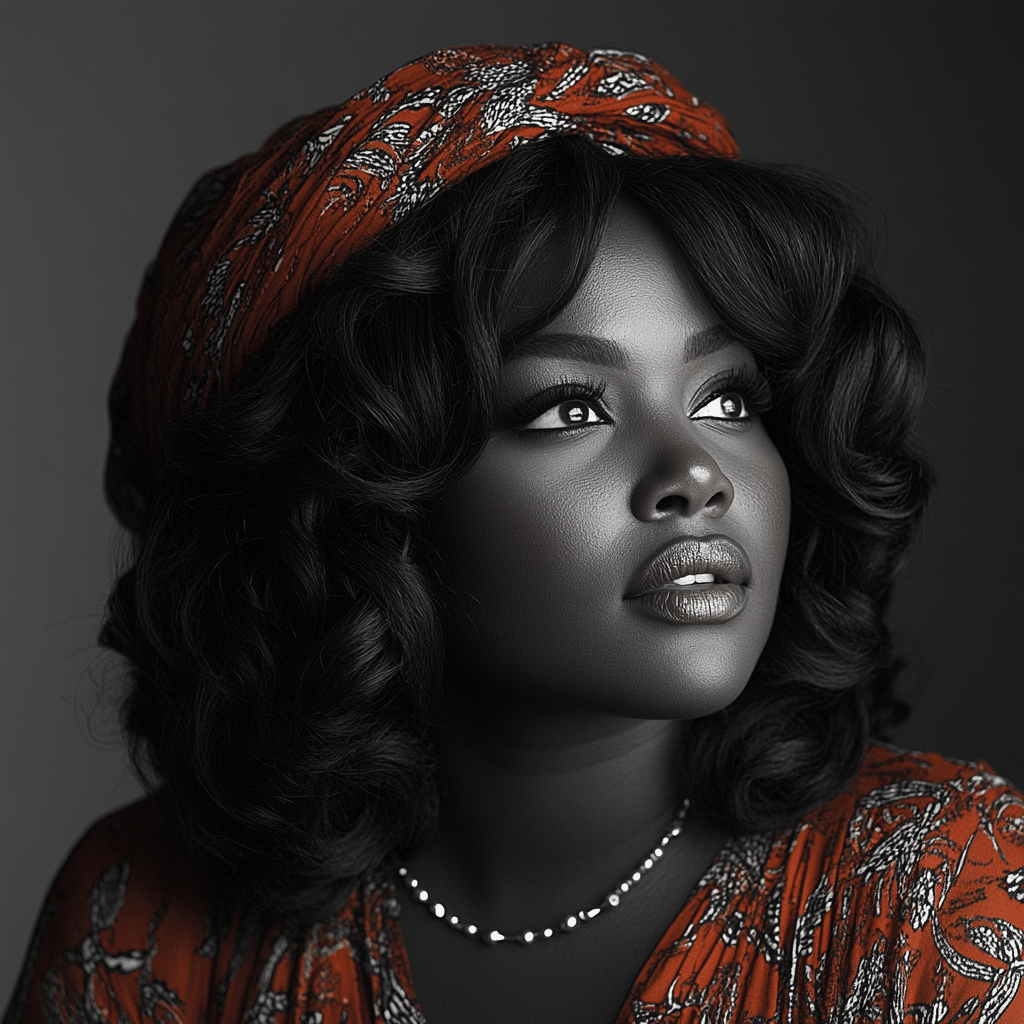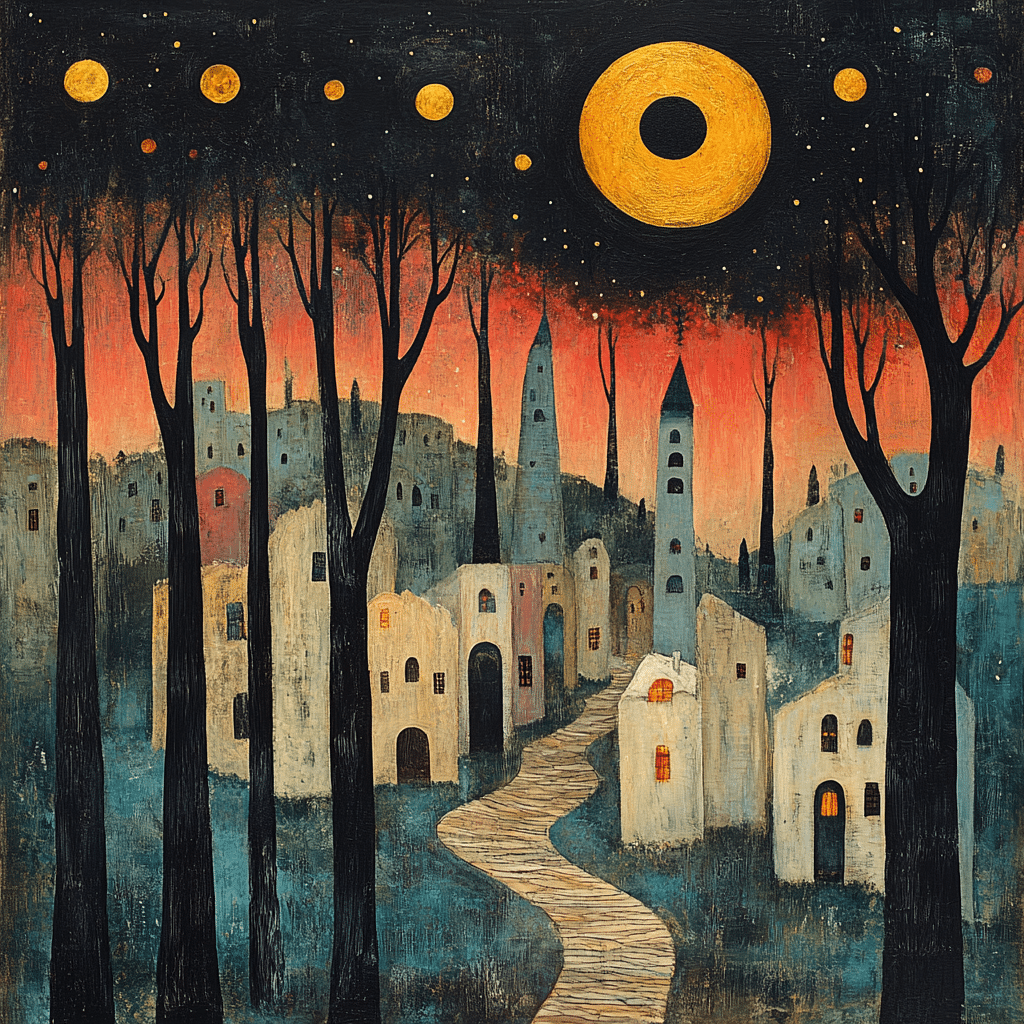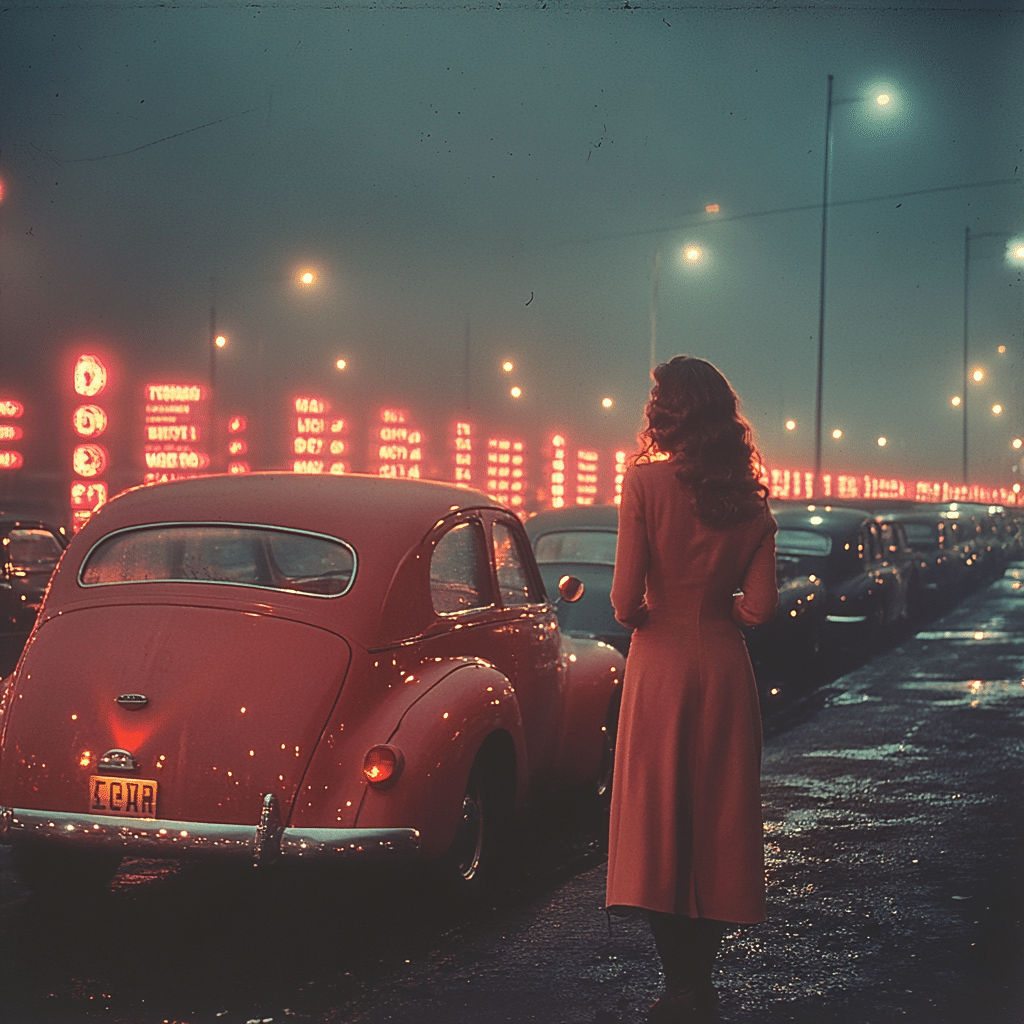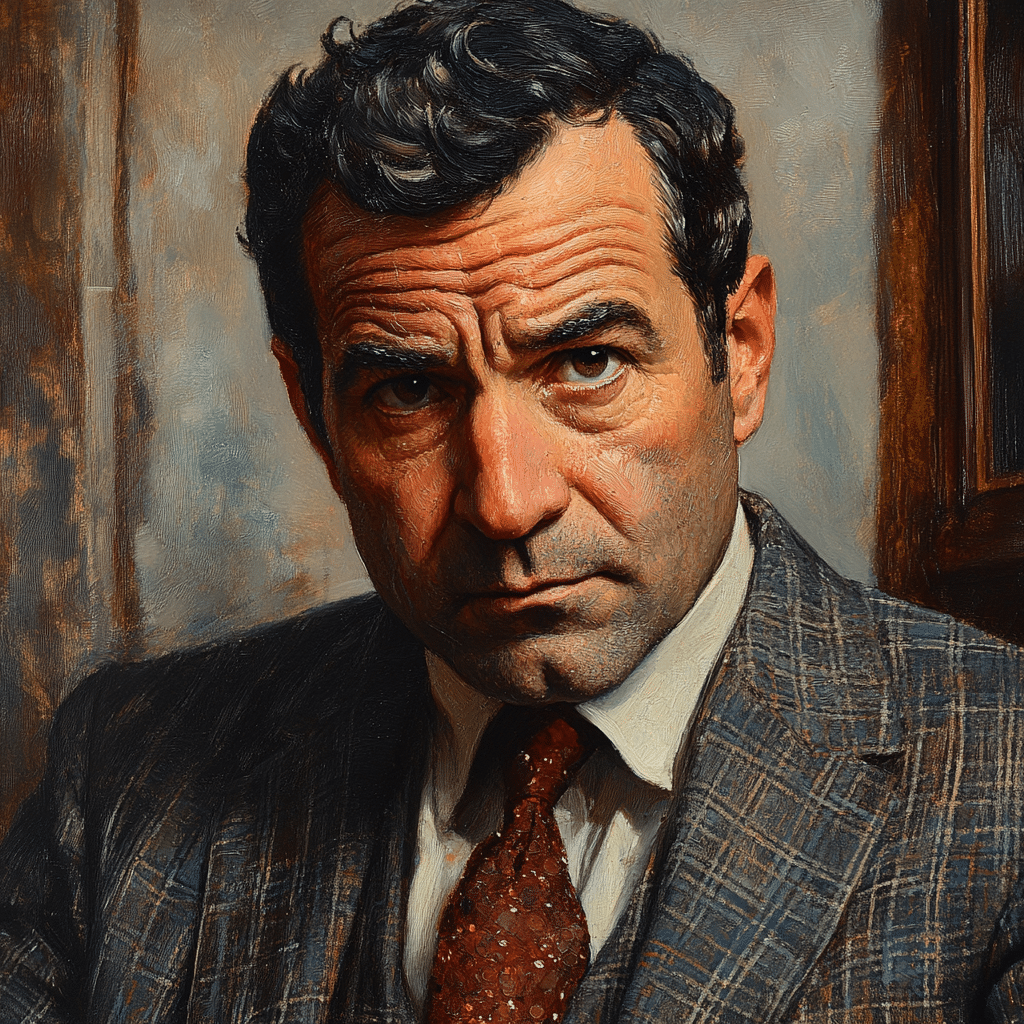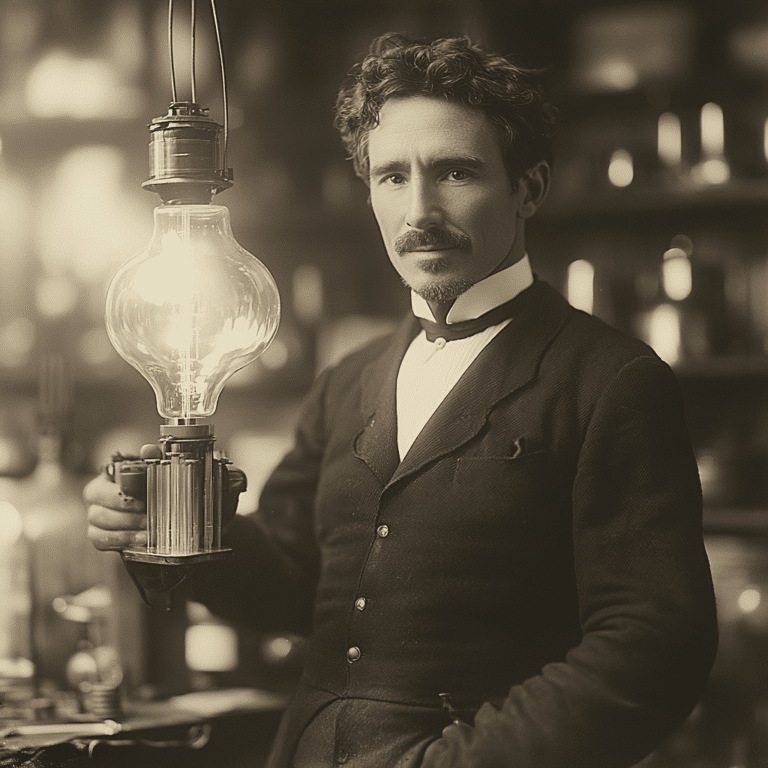It’s hard to believe, but over two decades have slipped by since Sofia Coppola brought to life The Virgin Suicides, a cinematic experience that still resonates with fans today. If you haven’t seen the film or read Jeffrey Eugenides’ 1993 novel, what have you been waiting for? Seriously! The tragic tale of the Lisbon sisters—a harrowing exploration of youth and despair amid the seemingly idyllic suburbs—draws you in with questions of isolation, repression, and adolescent angst that feel all too familiar. As we dig deeper, we find layers of symbolism and emotion that elevate this story beyond just entertainment.
Coppola’s lush visuals combined with Eugenides’ poignant prose whisk viewers and readers alike into a world that mirrors their own experiences. It’s a rich concoction of nostalgia and loss that taps into the universal feelings of longing and confusion that come with growing up. So, buckle up as we traverse the captivating tragedy of The Virgin Suicides, which continues to spark conversation and reflection on the complexities of adolescence.

The Top 5 Elements That Define the Captivating Tragedy of ‘The Virgin Suicides’
Let’s dive into what really makes The Virgin Suicides an enduring classic. There’s a golden combination of elements that swirl together to create a narrative as haunting as it is impactful:
1. Complex Female Characters
The five Lisbon sisters—Cecilia, Lux, Bonnie, Mary, and Therese—are not just characters; they’re symbols of the many facets of female identity. Each sister has a personality that resonates differently with viewers. Cecilia’s tragic first act sets the stage for a story steeped in sorrow, while Lux embodies the struggle for liberation amidst suffocating expectations. These unique traits pull us in, sparking both empathy and bewilderment. It’s like getting a glimpse into a complicated world where every choice feels monumental, akin to the historic struggles portrayed in The Tudors.
2. The Role of Isolation
Isolation drapes over the sisters like a heavy fog, trapping them in the confines of their home and a suppressive suburban culture. Think about it: have you ever felt like you were in a gilded cage, everyone watching but no one really seeing? The overbearing nature of their parents brings to mind the kind of confinement explored in The Passion of the Christ, where societal and external forces shape destinies. This constraining environment feels all too real, illustrating how isolation can lead to tragic outcomes.
3. Narrative Perspective
The story is relayed through the eyes of neighborhood boys who idealize the Lisbon sisters. It’s a fascinating approach that adds layers of complexity; they see the sisters as objects of fascination while wrestling with their own vulnerabilities. It reminds us of the affecting stories presented in The Tudors, where characters face their limitations against a backdrop of grandeur and tragedy. This dual perspective creates a poignant tension, crafting an otherworldly aura around the sisters that entices the viewer into their perplexing lives.
4. Symbolism and Imagery
The imagery in The Virgin Suicides is something else—it’s truly ethereal. Symbols abound throughout the story, with the Lisbon house acting as a metaphor for lost innocence and longing. The sisters’ interactions with their environment, especially their yearning for a world outside their walls, reflects broader themes of desire and entrapment. This visual storytelling is akin to the momentous imagery in The Passion of the Christ, melding the lines between reality and dream. It leaves viewers questioning what’s tangible and what’s simply a nostalgic memory.
5. Cultural Impact and Interpretation
Over the years, The Virgin Suicides has sparked diverse interpretations. Discussions often revolve around its implications for mental health and gender roles, which resonate deeply in today’s conversation about women’s positions in society. Just as the political dynamics in The Tudors highlight power struggles, this story contributes to the ongoing dialogue surrounding young women’s experiences. The burdens they bear are not just historical footnotes; they’re relevant, evocative, and screaming for attention.
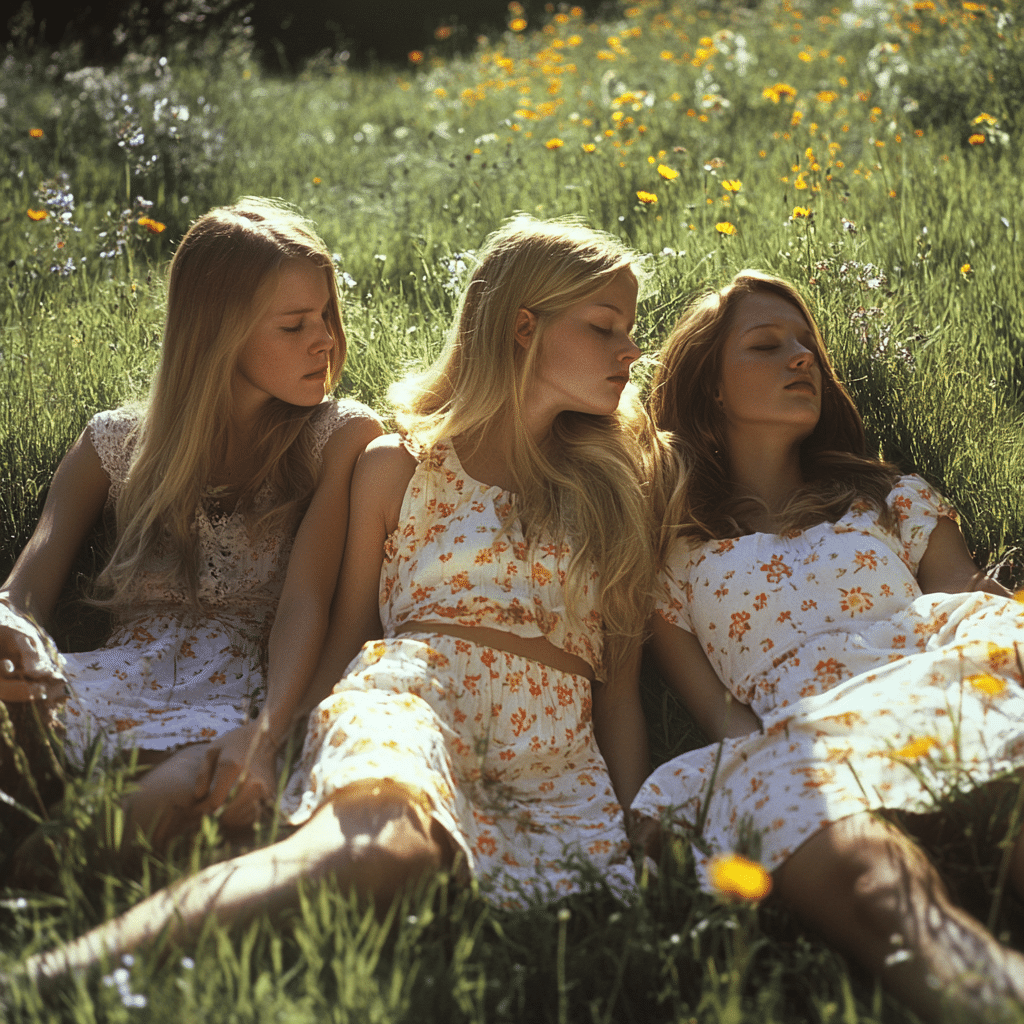
The Soundtrack as a Character of Its Own
If you’ve seen The Virgin Suicides and come away thinking about how all those feelings felt magnified by the soundtrack, you’re not alone! The score, featuring ethereal sounds from the band Air, immerses the audience in the film’s dreamlike quality. You might say it becomes yet another character in this tragic narrative. Music can alter how we experience a story—just think about how the epic scores in The Passion of the Christ elevated its emotional stakes.
Every note underscores the longing and despair inherent in the Lisbon sisters’ lives, enhancing emotional resonance that lingers long after the credits roll. It stands as a testament to how vital soundscapes can shape our perception—not just in The Virgin Suicides, but across cinema itself.
Legacy and Continued Relevance
Even over twenty years since its release, the impact of The Virgin Suicides still feels palpable. Topics like mental health and the societal pressures young women face are ever-relevant. It’s amazing how this story inspires newer adaptations and conversations, echoing the kind of fervor we see with classics like The Tudors. Stage productions, podcasts, and even online discussions continue to keep the Lisbon sisters’ tale alive, inviting new generations to consider what it means to navigate their own vulnerabilities.
The story serves as a stark reminder of how relevant discussions on female identity and mental health remain today. Just as The Passion of the Christ invites a revisit of historical struggles, The Virgin Suicides challenges audiences to delve into the narratives surrounding mental health, making it a crucial topic for modern discourse.
A Lasting Reflection on ‘The Virgin Suicides’
Ultimately, The Virgin Suicides captures a powerful narrative of longing and tragedy. It forces us to confront the profound pain of adolescence and the heavy societal constructs that often accompany it. In many ways, it echoes the struggles found in other impactful narratives such as The Tudors and The Passion of the Christ, where themes of isolation and identity loom large.
This tragedy prompts us not only to reflect on the beautiful complexity of youth but also to ponder how we engage with mental health and understanding. In a world that often feels disconnected, the Lisbon sisters’ story is a touching reminder of empathy, urging us to open up and discuss what it means to feel lost. As conversations around these themes continue to evolve, so too does the legacy of The Virgin Suicides, ensuring its place in our cultural dialogue for generations to come.
For those interested in exploring more about cinema and profound narratives, check out City Of God or the animated fun of The Croods—each offering a unique lens into human experience that may well echo the stirring complexity of our beloved Lisbon sisters. And if you need a break or a laugh, maybe a peek at Alan Wake 2 or the delightful antics of Malin Akerman will do the trick! But no matter what media you consume, always remember to reflect and connect with the stories woven into our lives.
The Virgin Suicides: Captivating Tragedy of Five Sisters
The haunting narrative of The Virgin Suicides grips audiences with its portrayal of the Lisbon sisters, showcasing the pervasive struggles of adolescence and the suffocating atmosphere that leads to their tragic fate. Did you know that Sofia Coppola, who directed the film, drew inspiration from the acclaimed novel by Jeffrey Eugenides? It’s fascinating how Coppola’s vision transformed the book’s complex themes into a visually stunning cinematic experience. Speaking of compelling figures in the industry, many fans have speculated about actors like Pedro Pascal, who, despite rumors about his personal life, remains a celebrated talent in Hollywood, often bringing depth to each character he portrays.
As the tale unfolds, viewers are drawn into the eerie suburban landscape that serves as a silent witness to the sisters’ turmoil. Interestingly, the film was shot in and around Minneapolis, Minnesota, which provided an ideal backdrop for the story’s melancholic vibe. The symbolism in the Lisbon household is potent; the sisters often seem like ghosts in their own lives, echoing the lost youth of characters we see in other narratives. In a twist, some fans have even compared the Lisbon sisters to modern-day influencers like Khai Hadid malik, who wrestles with the pressures of public perception in her own way, making us think about how societal expectations can shape one’s existence.
Did you know that upon its release, The Virgin Suicides led to an array of merchandise that emulated the film’s styles, from clothing to even decor? This phenomenon underlined the film’s impact on fashion, reminiscent of how brands sometimes draw inspiration from on-screen visuals, much like how Target frequently launches promoted collections tied to popular films. The film’s consuming atmosphere also makes one reminisce about nostalgic getaways, like a stay at a Motel 6 San Diego, where one can relax yet reflect on deeper themes in life, much like the dreamy yet disturbing scenes captured on screen.
In a broader sense, the film serves as a potent commentary on the complexities of adolescence and social pressures, pushing viewers to confront uncomfortable truths. Its legacy continues to resonate, not just in cinema but across various cultural platforms, much like the iconic locales in places such as Four Corners Florida. Overall, The Virgin Suicides remains a captivating study of youth, loss, and the silent cries for help that are often overlooked.



